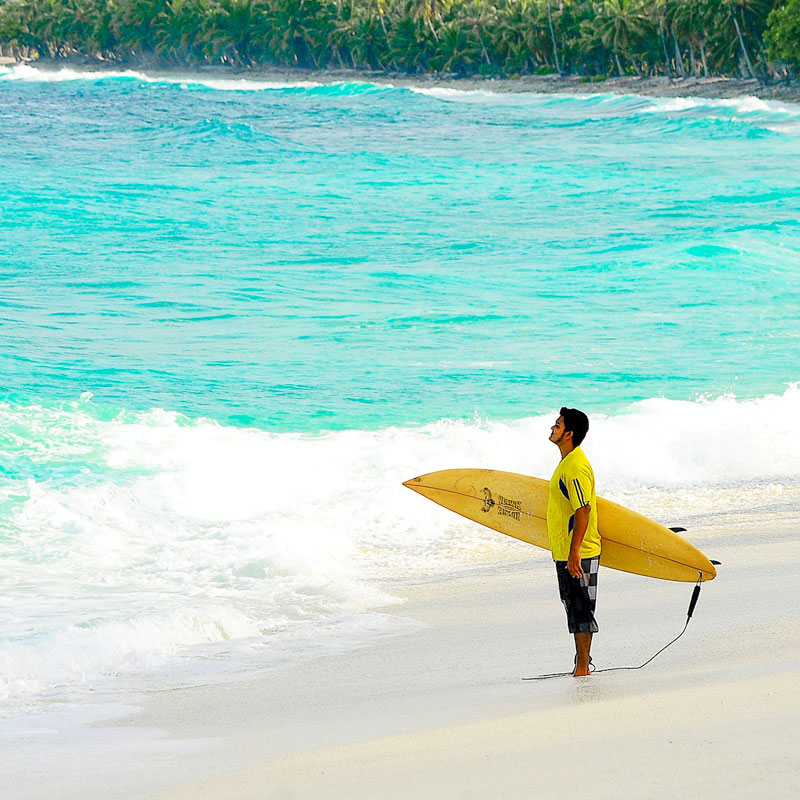MIDDLE EAST
The Middle East is–very generally speaking–an arid region in Southwest Asia and part of North Africa stretching from the Mediterranean Sea to the Persian Gulf, bounded by the Black and Caspian Seas in the north and the Sahara Desert and Indian Ocean in the south. The region also encompasses lands around the southern and eastern shores of the Mediterranean Sea, encompassing at least the Arabian Peninsula and, by some definitions, Iran, North Africa, and sometimes beyond.
ANTARCTICA
Antarctica is the southernmost continent and site of the South Pole. Visiting Antarctica is a once-in-a-lifetime, life-changing experience that offers an opportunity to shape perspectives about the planet, our wild oceans, and the polar ice cap. Antarctica is mostly uninhabited but has regularly visiting scientists from around the globe. Antarctica is visited by more than 56,000 tourists each year.
CARIBBEAN
The Caribbean region is mainly a chain of islands surrounding the Caribbean Sea. The Caribbean is made up of more than 700 islands, reefs, and cays, which are organized into 30 territories including 13 sovereign states, overseas departments, and dependencies. The largest four Caribbean Islands are Cuba, Hispaniola, Jamaica, and Puerto Rico.
NORTH ATLANTIC
The North Atlantic region includes Iceland, Greenland and the Faroe Islands. Iceland is an island nation located between the Greenland Sea and the Northern Atlantic Ocean. It is northwest of the United Kingdom and has a strategic location between Greenland and Europe. Iceland is volcanically and geologically active with hot springs, geysers, and icefields.
OCEANIA
Oceania is a region of the South Pacific Ocean that comprises multiple islands. There are 14 countries in Oceania today, according to United Nations official statistics. The region consisting of Australia, New Zealand, New Guinea, and neighboring islands in the Pacific Ocean is sometimes referred to as Australasia. Oceania covers an area of approximately 100 million square kilometers; this is about one-fifth of Earth's surface area.
SOUTH AMERICA
South America is a continent of extremes. It is home to the world's largest river well as the world's driest region. As the fourth-largest continent, South America extends from the Gulf of Darién in the northwest to the archipelago of Tierra del Fuego in the south.
CENTRAL AMERICA
Central America is generally considered part of the continent of North America but is often referred to as its own region. Central America is a narrow isthmus that is bordered by North America and the Gulf of Mexico to the north and by South America to the south. To the east of Central America lies the Atlantic Ocean with the Pacific Ocean to the west.
NORTH AMERICA
Being the third-largest continent in the world, North America is home to Mexico, Canada, and the United States. Because of its size, there are many things you can do on a trip to North America. There is a North American destination for every occasion and season. You can easily experience the mountains, beaches, and a desert in one trip. Weather ranges from icy Northern Alaska to tropical beaches of the US teritory islands in the Caribbean Sea.
ASIA
Asia is the largest of the world's continents, covering approximately 30 percent of the Earth's land area. It is also the world's most populous continent, with roughly 60 percent of the total population on Earth. Russia is the largest country by landmass and China the largest by population.
AFRICA
Africa is the world's second largest continent, covering more than 18 million square miles (30 million square kilometers). Africa’s geography is both diverse and complex in its climate zones. The continent geography features five major basins, many vast plateaus, mountain ranges, volcanoes, some of the world’s largest bodies of fresh water, desolate arid and semiarid deserts located below sea level while also featuring some of the most tropical zones on Earth.















